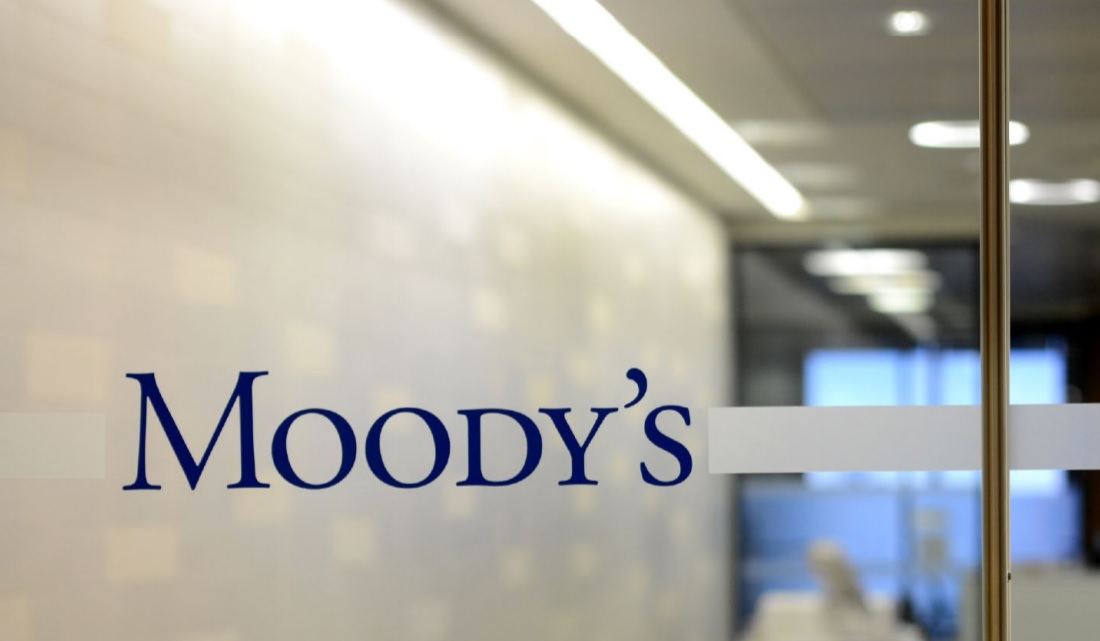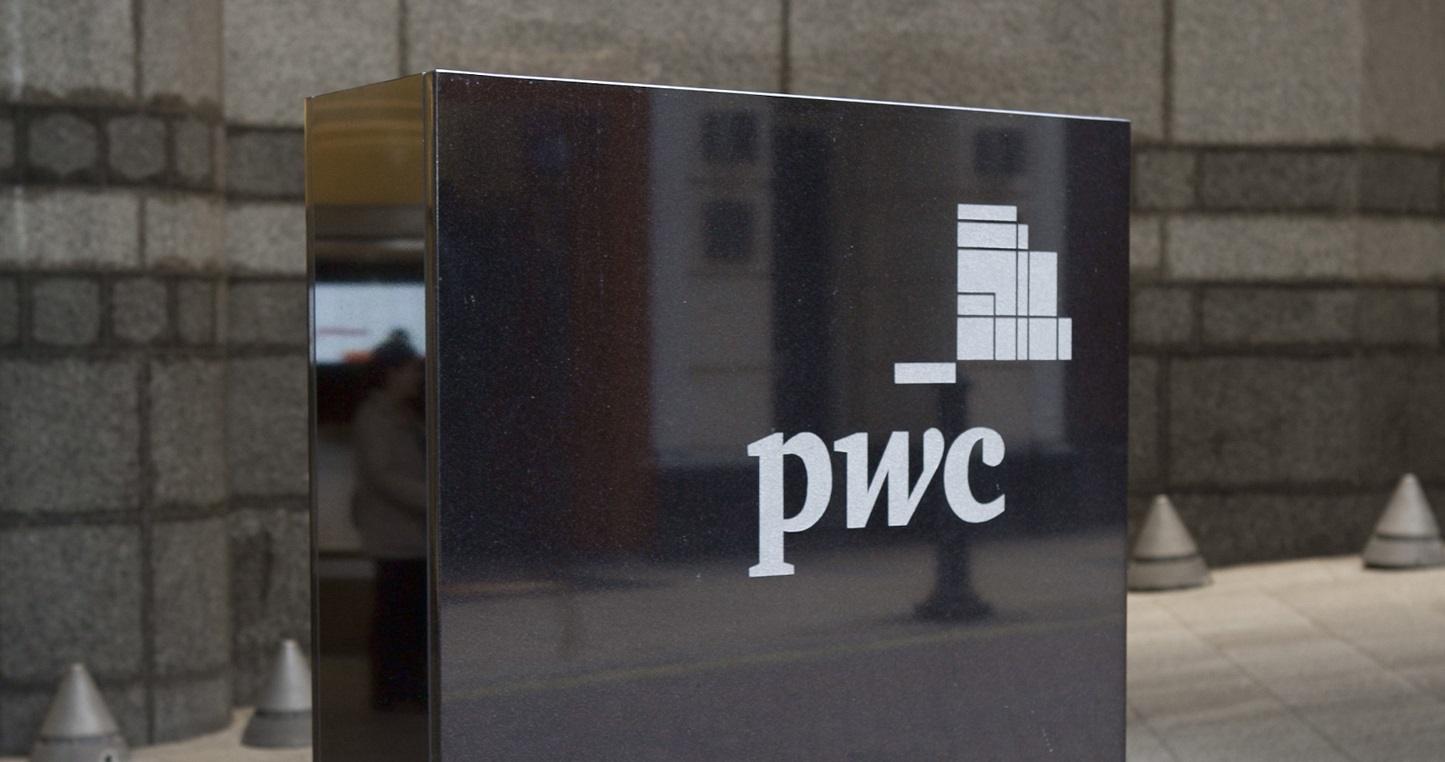Sustainable Bonds Hit Record Share of Global Bond Issuance: Moody’s
Issuances of green, social, sustainability and sustainability-linked (GSSS) bonds fell in the third quarter of 2022, but continued to remain more resilient than the broader bond market, growing to a record 16% share of the market in the quarter, according to a new report from Moody’s Investors Service.
Overall, GSSS volumes fell 13% year-over-year in the third quarter to $215 billion, as a challenging macroeconomic and geopolitical environment continue to pressure global debt issuance. Year-to-date, GSSS volumes of $679 billion were down 17%, outperforming the broader market, which has declined by 27%.
Given the continued declines, Moody’s has reduced its full-year forecast for global sustainable bond issuance to around $900 billion, from its prior forecast of $1 trillion.
Corporate issuance of sustainable bonds has pulled back sharply over the past several quarters, falling to $53 billion in Q3 from its peak of $115 billion in Q2 of 2021. According to the Moody’s report, corporate volumes account for the bulk of the decline this year in GSSS issuance, with other sectors remaining relatively stable.
By bond type, green bonds continued to hold the largest share of the sustainable bond market, with issuance of $119 billion in the quarter accounting for over half of total volumes, but representing a decline of 13% from the prior year’s Q3. Moody’s reduced its forecast for full year green bond issuance to around $500 billion from $550 billion.
Social and sustainability bond volumes both increased quarter-over-quarter in Q3, rising 5% and 34% respectively, although social bond volumes remain well below levels during the pandemic, and sustainability bonds remain weaker on a year-to-date basis, down 24%.
Sustainability-linked bonds (SLBs), which have been the most rapidly growing area of the GSSS market over the past several quarters, declined sharply in Q3, falling 59% from Q2 to just $8 billion of issuance. According to the Moody’s report, factors contributing to the SLB pullback, in addition to the broader market pressures, include “growing market scrutiny on the credibility and robustness of issuers’ SLB targets,” as well as the sector’s exposure to high-yield issuance, “as high-yield issuers have been more likely to consider SLBs in the early days of this market segment.” Moody’s forecasts SLB volumes to total $75 billion for the full year.
Despite the decline in GSSS volumes, Moody’s noted strong fundamental drivers for the market, and anticipates improved issuance when broader debt market conditions become more conducive. The Moody’s report highlighted several policy and regulatory factors it expects to influence the GSSS market, including recent reports published by the EU Platform on Sustainable Finance on the EU Taxonomy which will help issuers integrate the taxonomy into their sustainable bond frameworks, recent rules proposed by the UK’s FCA including sustainable investment labels and disclosure requirements, the passage of the US Inflation Reduction Act, and the publication of the China Green Bond Principles.
Matt Kuchtyak, Vice President – Sustainable Finance at Moody’s Investors Service, said:
“While third-quarter sustainable bond volumes dropped 13% year-on-year, their share of total global bond issuance grew to a record 16%. We expect full-year global sustainable bond volumes to now total around $900 billon given the weaker overall environment for debt issuance, but for growth to resume when market conditions become more favorable.”





